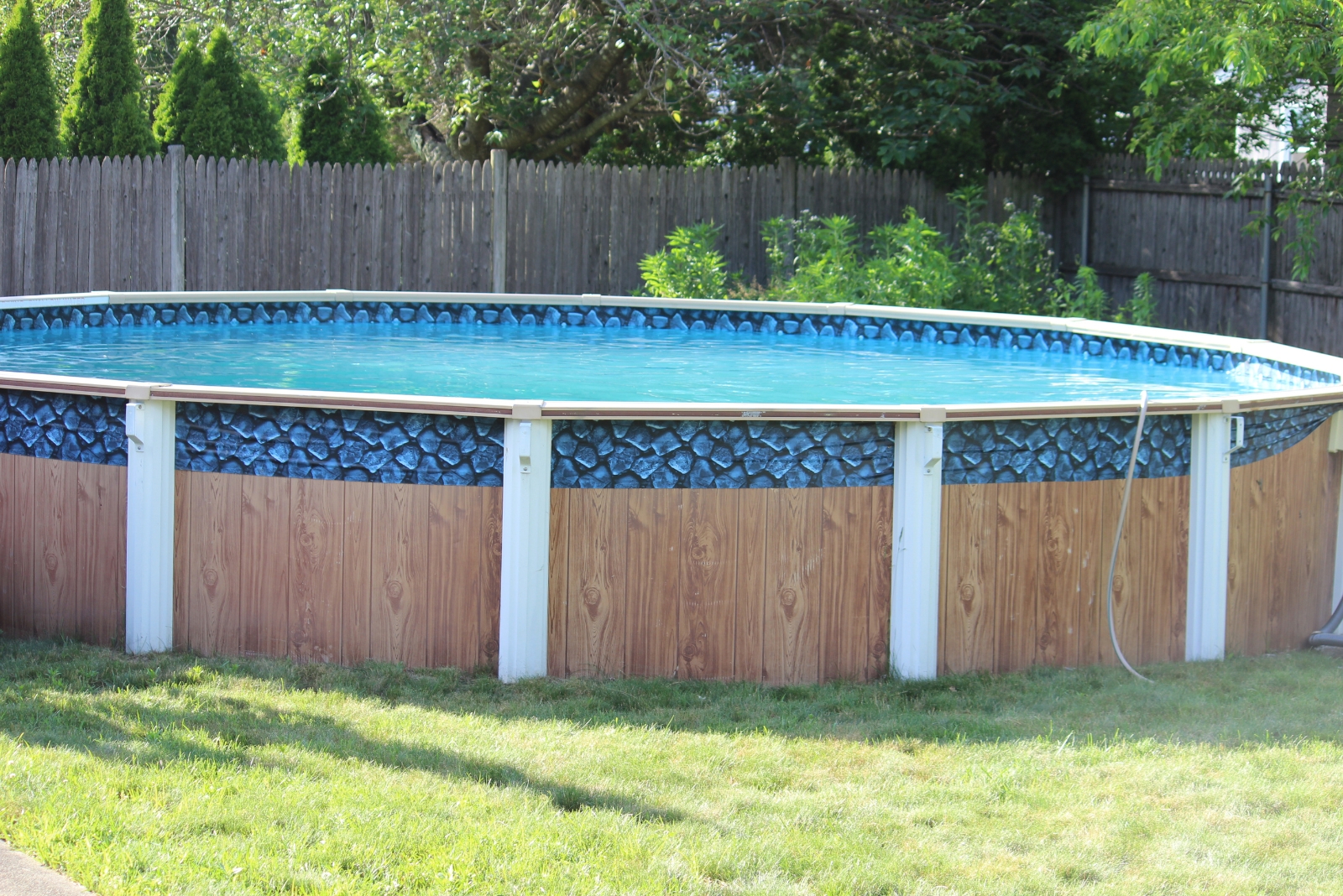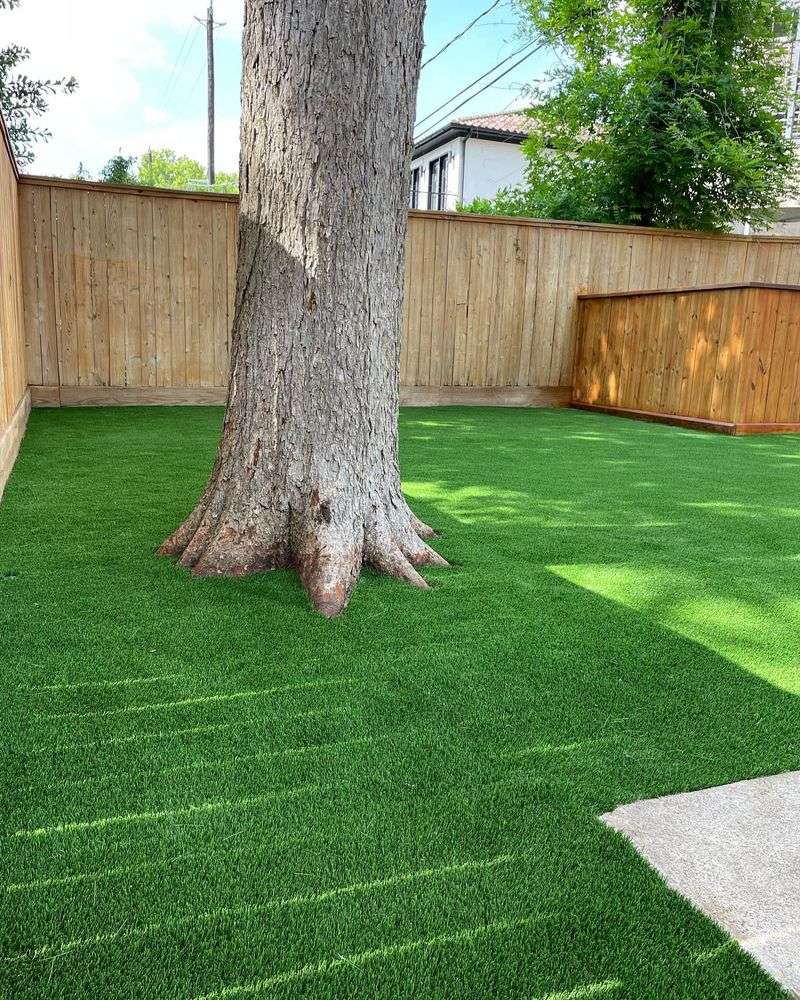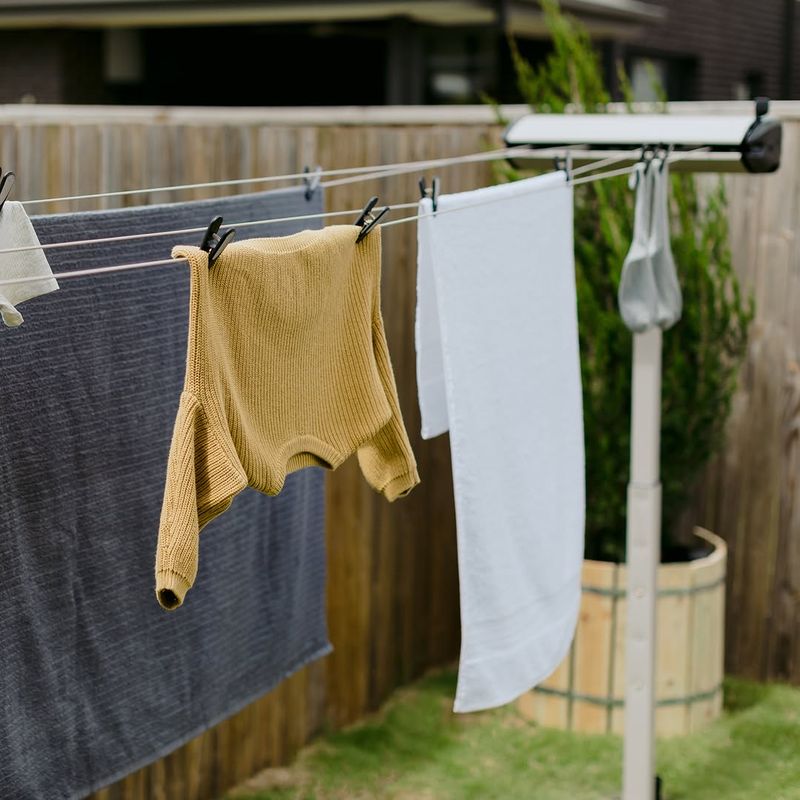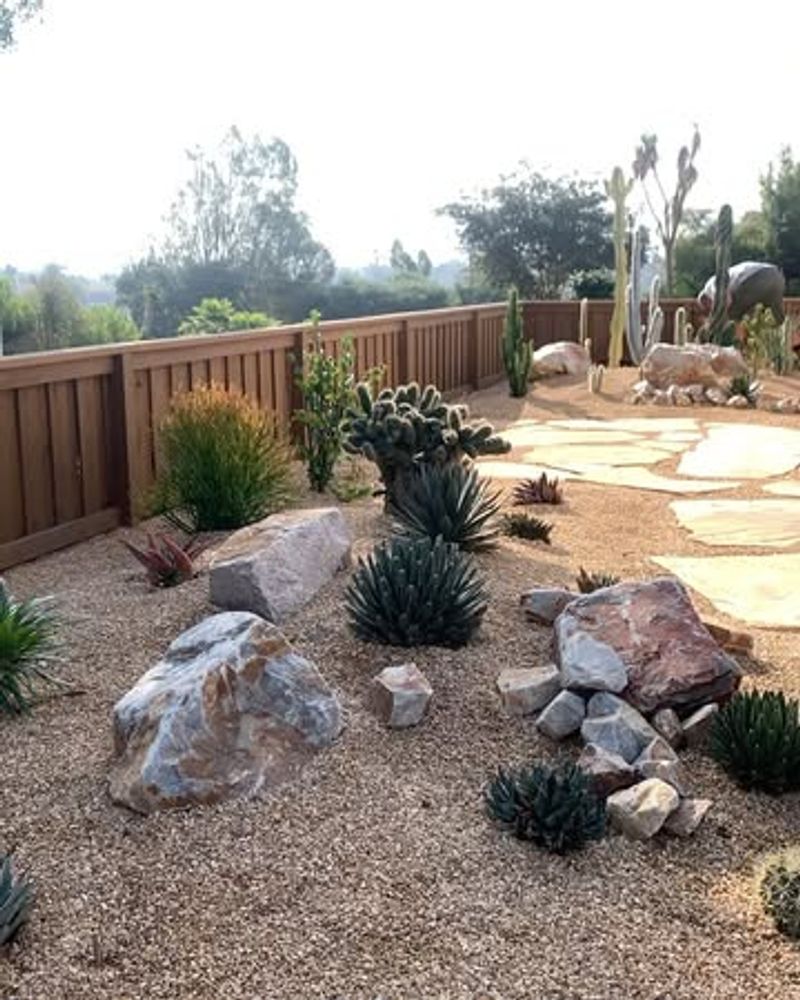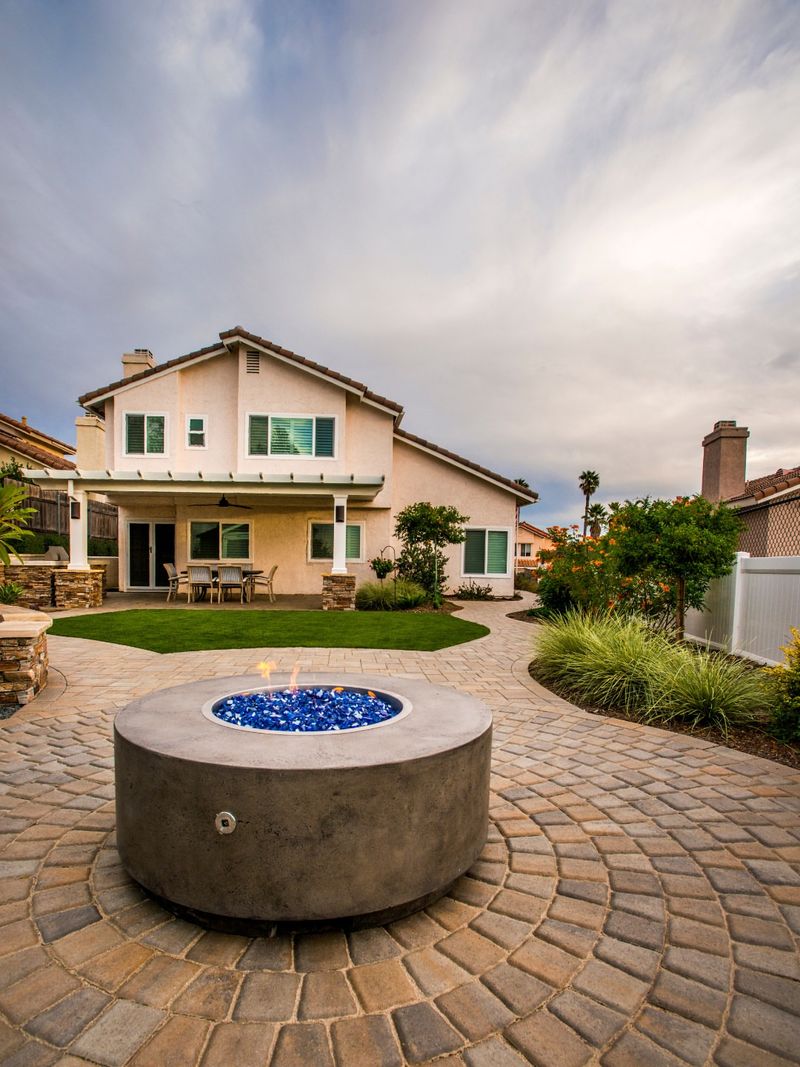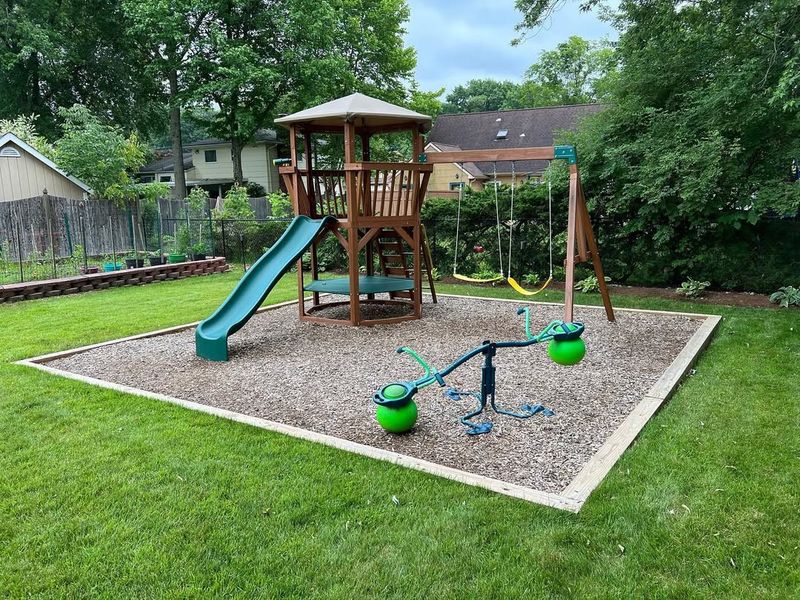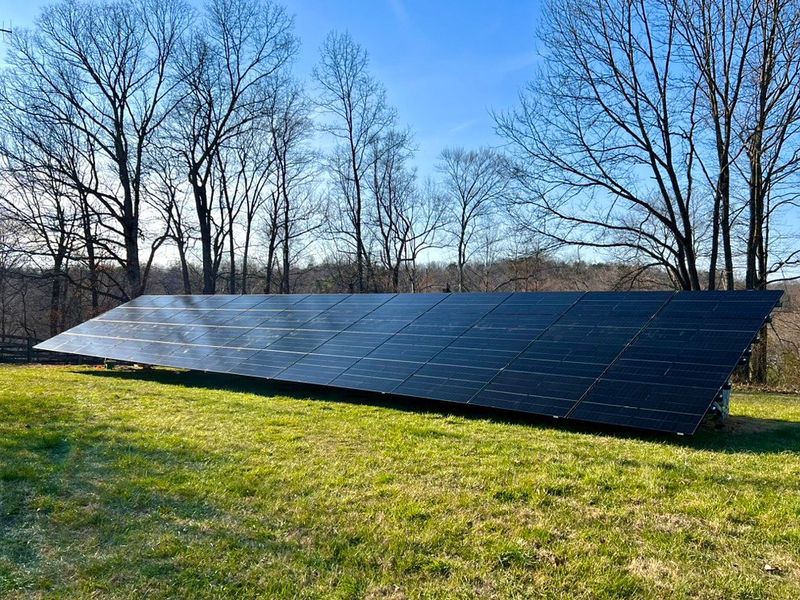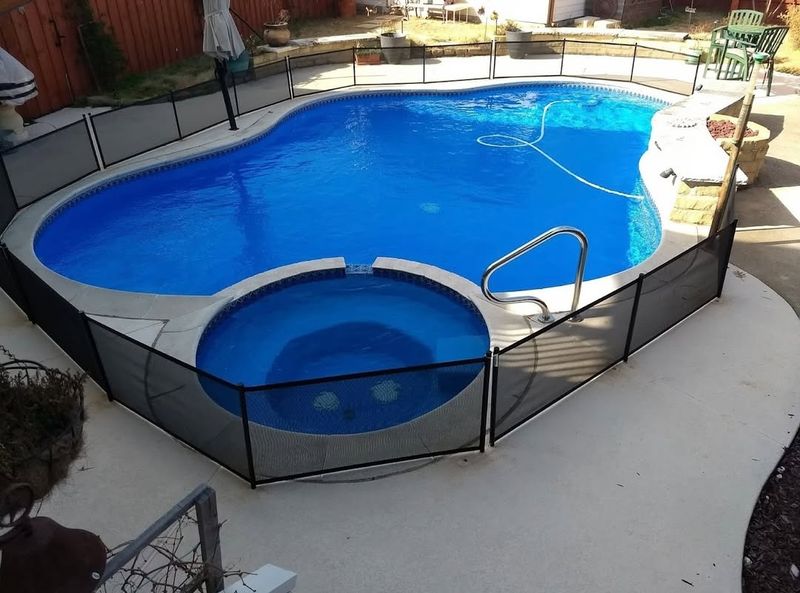South Carolina yards often showcase personal taste: a splash of color, a favorite hobby, or a piece of decor with a story behind it. Yet that freedom may not stay as wide-open as a Lowcountry horizon. Lawmakers and local officials have been kicking around new rules that could clamp down on features many homeowners treat as part of everyday life.
The home may still feel like your castle, but the lawn might soon need to follow a stricter code of conduct. A few common touches could shift from neighborhood charm to off-limits territory.
1. Artificial Turf And Synthetic Grass
Plastic grass might seem like an easy solution for a perfect lawn, but South Carolina lawmakers are concerned about environmental impacts. The synthetic materials can trap heat, making your yard hotter than natural grass during summer months.
Runoff from artificial turf may contain chemicals that harm local waterways and wildlife. Plus, when it eventually wears out, the plastic waste creates disposal problems that communities struggle to handle properly and responsibly.
2. Bamboo Plants And Groves
Many homeowners love bamboo for its tropical look and fast growth, but that rapid spreading is exactly the problem. Running bamboo varieties can invade neighboring properties, breaking through barriers and popping up everywhere.
Once established, bamboo becomes nearly impossible to remove completely without expensive professional help. South Carolina officials worry about bamboo taking over natural habitats and crowding out native plants that local wildlife depends on for survival.
3. Clotheslines And Outdoor Drying Racks
Hanging laundry outside to dry saves energy and money, yet some neighborhoods want to ban this old-fashioned practice. Homeowner associations argue that visible clotheslines look messy and reduce property values in the area.
Proposed restrictions would force residents to use electric dryers exclusively, increasing utility bills and energy consumption. Environmental advocates fight against such bans, pointing out the unnecessary waste when sunshine provides free, natural drying power year-round.
4. Chicken Coops And Backyard Poultry
Raising backyard chickens has become incredibly popular for fresh eggs and sustainable living. However, complaints about noise, odors, and predators have pushed some South Carolina communities toward stricter regulations or outright bans.
Neighbors worry about roosters crowing at dawn and attracting rats or foxes to residential areas. Even well-maintained coops face scrutiny as local officials balance urban farming trends with traditional neighborhood expectations and quality-of-life concerns for all residents.
5. Front Yard Vegetable Gardens
Growing tomatoes and lettuce in your front yard makes perfect sense for sunlight and space, but not everyone appreciates the agricultural aesthetic. Some communities consider vegetable gardens unsightly compared to traditional grass lawns and ornamental flowers.
Code enforcement officers have already cited homeowners in several South Carolina towns for front yard food gardens. The debate pits property rights and sustainability against neighborhood appearance standards and long-established community expectations about residential landscaping.
6. Decorative Rocks And Gravel Lawns
Replacing grass with rocks eliminates mowing and watering, making it a popular low-maintenance landscaping choice. Unfortunately, gravel yards can create drainage issues and contribute to urban heat islands by absorbing and radiating excessive warmth.
South Carolina officials also worry about rocks washing into storm drains during heavy rains and causing blockages. Some neighborhoods now require minimum percentages of living plants to keep yards looking green and helping filter rainwater naturally through soil.
7. Tall Privacy Fences Over Six Feet
Building a tall fence gives your family privacy and security, but height restrictions are becoming more common across South Carolina. Neighbors complain that towering fences block sunlight, create wind tunnels, and make properties feel closed off and unfriendly.
Local governments argue that shorter fences maintain open sightlines that improve safety and community character. New ordinances often limit residential fences to six feet or less, forcing homeowners to find alternative privacy solutions like strategic plantings.
8. Permanent Fire Pits And Outdoor Fireplaces
Gathering around an evening fire creates wonderful memories, but permanent fire features face increasing restrictions. Air quality concerns drive many of the proposed regulations, especially during dry seasons when smoke can worsen breathing conditions.
Fire departments worry about flames spreading during windy conditions or droughts that make everything dangerously flammable. Some South Carolina municipalities now require special permits for permanent fire structures or ban them entirely in densely populated neighborhoods where houses sit close together.
9. Playground Equipment In Front Yards
Kids love having swings and slides easily accessible, but front yard play structures bother some community associations. Critics claim that playground equipment looks cluttered and belongs in backyards where neighbors cannot see it from the street.
Homeowners counter that front yards often provide more space and better supervision opportunities for young children. The conflict highlights tensions between family needs and aesthetic preferences, with some South Carolina neighborhoods drafting rules to keep play equipment hidden.
10. Rain Barrels And Water Collection Systems
Collecting rainwater for gardens seems environmentally responsible, but some areas question the practice on safety and aesthetic grounds. Concerns include mosquito breeding in standing water and unsightly barrels visible from the street.
Interestingly, water rights laws in some states complicate rainwater collection, though South Carolina generally allows it. Still, homeowner associations may restrict barrel placement or require screening to hide them from view, limiting where residents can install water-saving systems effectively.
11. Solar Panel Ground Installations
When rooftop solar panels are not practical, ground-mounted systems offer an alternative for renewable energy. However, yard-based solar arrays face opposition from neighbors who dislike their industrial appearance in residential settings.
Some South Carolina communities have proposed restrictions on visible solar installations, requiring them to be hidden behind homes or screened by landscaping. Renewable energy advocates argue such rules discourage clean power adoption and contradict environmental goals that benefit everyone.
12. Unfenced Swimming Pools
Pool safety regulations already exist in many places, but South Carolina is tightening enforcement and expanding requirements. Unfenced pools pose drowning risks, especially for young children who might wander into yards unsupervised.
New rules may require specific fence heights, self-closing gates, and alarm systems for all residential pools. While homeowners sometimes resist these mandates as expensive and unnecessary, safety statistics support stricter pool barriers. Communities prioritize child protection over aesthetic preferences or installation costs.
13. Decorative Yard Signs And Flags
Displaying garden flags, political signs, or decorative yard stakes lets homeowners express personality and beliefs. Yet some neighborhoods want to limit or ban such displays, claiming they create visual clutter and controversy.
Free speech protections complicate these restrictions, especially regarding political messaging during election seasons. South Carolina communities attempting sign bans must navigate constitutional rights while addressing concerns about excessive decorations. The balance between personal expression and neighborhood uniformity remains a contentious issue.

